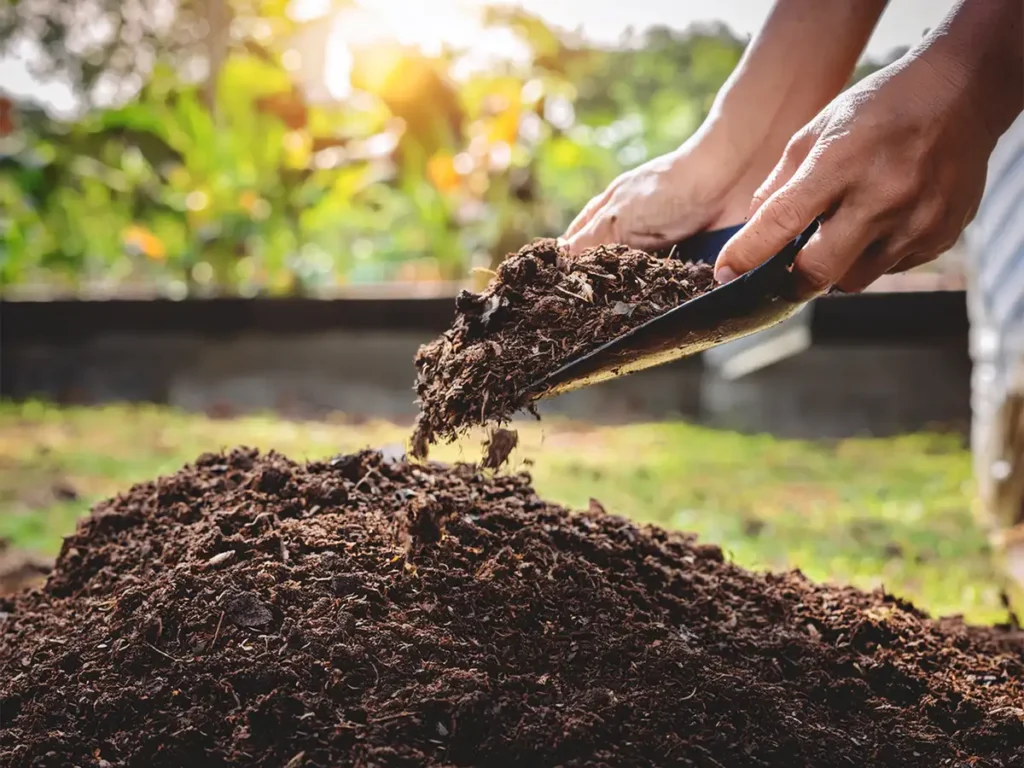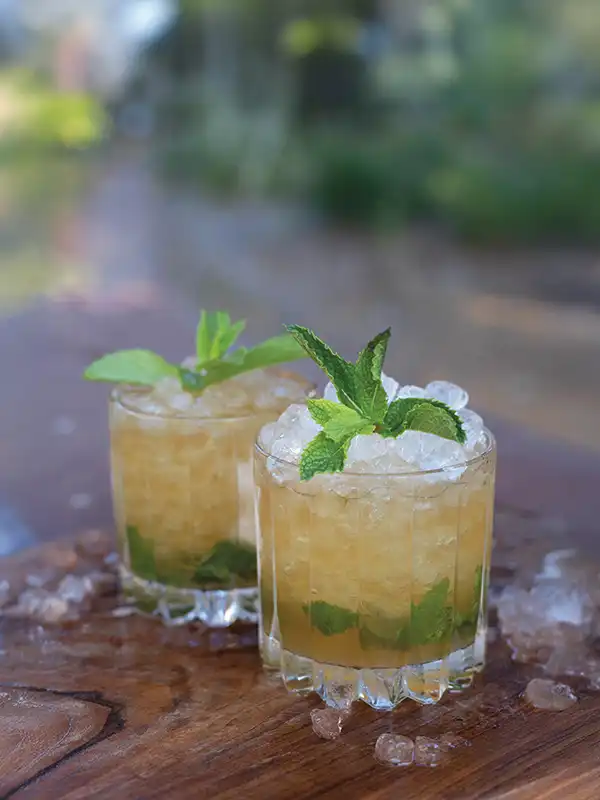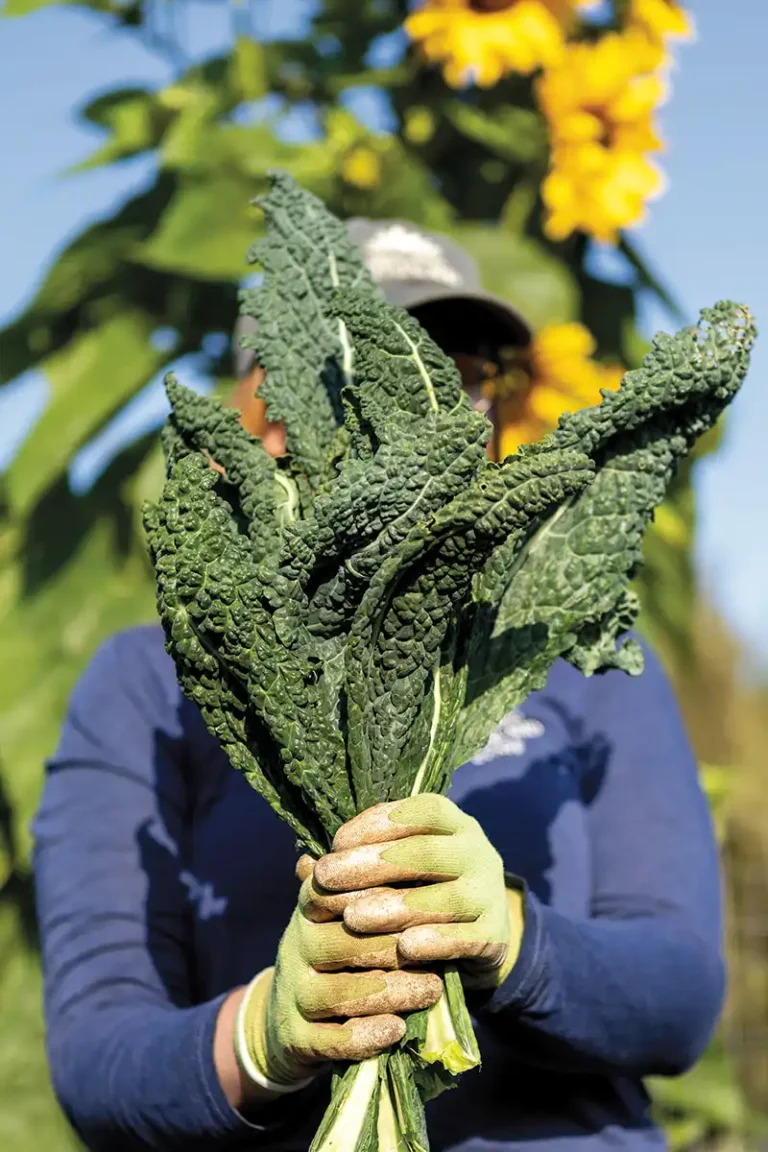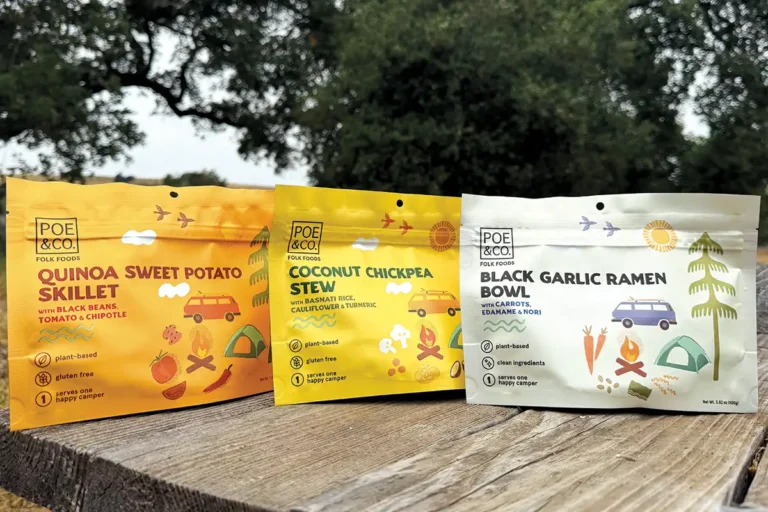Amending Your Garden Soil

To some people, dirt is a four-letter word, conjuring up images of useless mess best swept from porches and patios or banged off the bottoms of boots.
Soil is a four-letter word, too, and for whatever reason, evokes a more positive response. It’s also the word of choice for most of us garden writers, especially when we wax poetic over the quest to create that rich, loamy stuff that’s so perfect for growing our edibles. How proud we feel, standing tall in our gardens, scooping up handfuls of dark brown soil, pausing to take a deep sniff of its deliciousness, caressing the raggedy pieces between our fingers, then letting them drop gently back to the earth.
Of course, that’s once we’ve achieved that state of grace where the soil is filled with just the right blend of nutrients and imparts perfect drainage. Amending with organic and inorganic materials is a time-proven method to achieve those goals.
Getting Started
First, determine your soil type. Most South Coast gardens have clay soil that’s heavy and sticky during the rainy season, then crusts over and cracks by summer’s end. If you can shape it into a slippery mud ball or it cakes on the bottoms of your shoes, you have clay soil. Drainage is difficult: When clay soil gets wet, water becomes trapped in the tiny pores between the particles, which inhibits needed oxygen from reaching roots. On the plus side, clay soil is generally fertile, as nutrients stay put.
Sandy soil is not as prevalent. But it’s still problematic. It’s loose, gritty and essentially what we walk on at the beach. Water drains fast, not lingering enough to keep roots hydrated for long. Nutrients leach out fast, too.
Loam is a magical mix of sand, clay and silt particles that drains well and retains fertility. Regrettably, few of us have it.
Organic Amendments
Compost is a basic building block for improving soil. It’s rich, earthy, full of nutrients, sustains beneficial soil microorganisms and improves the flow of water.
In clay, compost separates the small, smooth clay particles, which speeds drainage, allows oxygen to reach roots and helps prevent plants from rotting. In sandy gardens, compost improves drainage by acting like a sponge to retain moisture.
There are many types of compost. Indeed, “compost” refers to any organic material in the throes of decomposition.
At home, source materials may be leaves, lawn clippings, yard trimmings and kitchen scraps of fruits, vegetables, bread products or coffee grounds.
Commercial products may contain a single material, such as redwood, mushrooms or earthworm castings. More often, they’re a mix of broadly labeled materials, such as yard waste, forest products, manure and even sewage sludge. They may be supplemented with interesting combinations of beneficial bacteria, fungus, humic acid and micronutrients, such as mycorrhizae, bat guano, kelp meal, seaweed extract, stinging nettle or valerian.
In vegetable beds, where you’re likely to turn over the soil a few times a year, look for well-aged compost with a finer, more crumbly texture that will break down quickly. That way you can rejuvenate the soil each time you plant a new crop.
Around fruit trees, berries and perennial vegetables, look for rougher, partially composted materials that may take several years to break down, such as ground bark, wood fibers or straw.
Leaf mold is a close cousin to compost. It’s the fine, nearly pulverized stuff at the bottom of old leaf piles that decays rapidly. It’s an excellent amendment for acid-loving blueberries. Don’t substitute shredded leaves. Their flat surfaces tend to mat together when wet and can cause a stink. Instead, add them to your compost pile first, mixed with coarser trimmings.
Grass clippings are best added—in layers—to the compost pile, too. Thin layers to the vegetable garden won’t do much, and layers too thick can become a slimy, smelly mess.
Manure can be odiferous as well. Be sure yours is well aged. Otherwise, it will attract flies and its high salt content may burn or kill your plants. Sniff it: If it reeks or smells of ammonia, turn the pile with a pitchfork, then wait another few weeks. When you do amend, work the manure fully into the soil. Leave it on top and you’re likely to revive the scent every time you water.
Inorganic Amendments
Inorganic materials pair nicely with organic amendments and largely affect the physical structure of the soil, enhancing texture and drainage.
Gypsum (calcium sulfate) is a classic conditioner for clay, dating back to the Greeks and Romans. The soft mineral aggregates small clay particles into larger, rough-edged pieces, which helps water and nutrients flow more freely, and releases traces of calcium.
Perlite, made from lightweight volcanic glass, helps aerate clay soil as well.
Loose, sandy soils benefit from inorganic materials that improve their capacity to hold moisture. Vermiculite is a lightweight mineral that can absorb up to three to four times its volume in water.
Peat moss and coir, or coconut fiber, are technically organic. But they deliver minimal nutrients and instead, act like inorganic amendments. In clay, their coarseness pushes apart soil particles so air and water can pass. In sand, they retain water. Peat moss is acidic and good for blueberries, while coir is neutral.
Give It a Rest
Whatever you use to amend, consider letting the mix rest for a few weeks—or even over winter—before planting. There’s something to be said for allowing the new materials to settle into their new home, jump-starting soil microbes, establishing minute passageways for water to drain and welcoming winter rains and attendant earthworms and other soil-living organisms. Next spring, you, too, can stand tall, inhale that delicious aroma and wax eloquent about what you’ve created.






